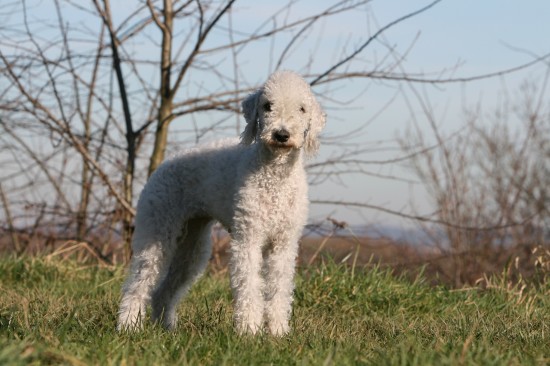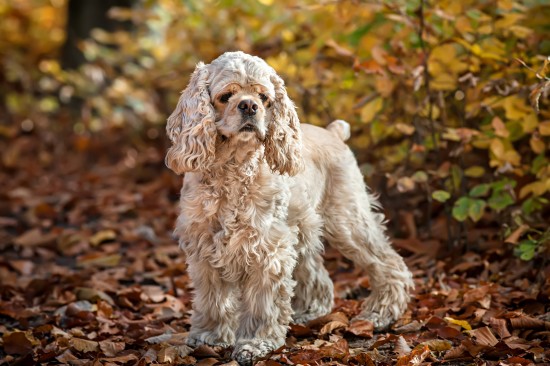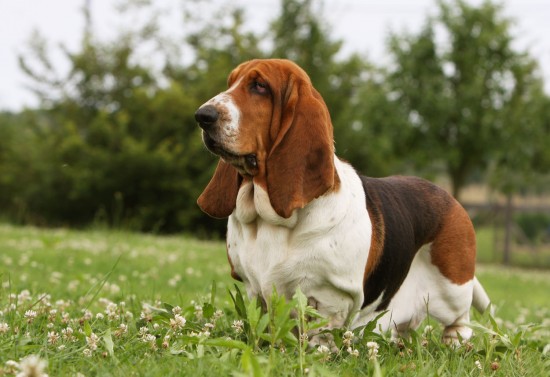
So you are now the proud owner of a brand spankin new puppy! He probably the cutest 搕hing?on God's green earth, right? Just one small bundle or wrigglin, lickin, excited PUPPY!
When a puppy is born they can't see or hear. They can taste and smell and definitely know where the food is! Like human babies, they mostly just sleep and eat. At around 2 weeks of age their sight and hearing begins to 揷ome in?and they are now ready to do a little bit of exploring. This is when momma starts to earn her keep! The best situation for mom is having her litter in an enclosed space, otherwise she is spending way to much time gathering her wandering flock!
Until a puppy is about one and a half months old they rely on their instincts. When they hear a loud noise their natural reaction in the wild would be to drop to the ground ? crouch low so that they can stay hidden ?they may tremble because, naturally, they are afraid of this unknown loud sound ?but it's a normal reaction. Remember at one and a half months their eyesight is still not completely developed - keep that in mind. Even humans are startled by loud sounds that they can't quite identify!
From about one and a half months to four months you will want to start teaching your puppy some basic commands.
His name: Call him by his name! Simple ey? Here Rover, not here, 損uppy?or 揵aby?or 揷utie? Just 揾ere, Rover?Consistently! I'm reminded of an old Bill Cosby joke where he tells the story of him thinking that he's name was 揇ammit?because his father would always walk into a room and say something like 揇ammit, what have you done now!? OK ?so I've let my age slip a bit there!) Regardless, just like with your children, consistency is the key. Consistency, consistency consistency!
Come: Keep it low key and calm. Your puppy will react instinctively to harsh and loud commands: ie he will tremble and crouch. You don't want a fearful dog, yet you don't want your dog to be disobedient either. Again, consistency is the key. Using a leash and a gentle tug and a 揷ome?should do the trick. ALWAYS use the same word or short phrase. You don't want to confuse your puppy by using multiple phrases so always stick with the same one or two word command.
Stay: Put the puppy in place and walk away while saying 搒tay? Repeat, repeat, repeat! Don't expect too much from your puppy and don't try to teach them both 'come and stay' in the same session. Let them learn one command before moving on to the next.
Be sure to use lots of praise when your puppy does as you ask too! Keep the lessons short, but fun. Their attention span will not be very long and there are a lot of distractions when they are out of their crate. All sorts of wonderful things to explore and get into!
 Volunteer For A Pet Adoption Day
In larger cities, homeless pets wander aimlessly, searching
Volunteer For A Pet Adoption Day
In larger cities, homeless pets wander aimlessly, searching
 Bedlington Terrier Health And Longevity
Bedlington Terrie
Bedlington Terrier Health And Longevity
Bedlington Terrie
 How The American Cocker Spaniel Became Recognised As A Breed In Its Own Right
How The American
How The American Cocker Spaniel Became Recognised As A Breed In Its Own Right
How The American
 Cats & World Records
Cats & World Reco
Cats & World Records
Cats & World Reco
 Lymphoma In Dogs
Lymphoma In Dogs
Lymphoma In Dogs
Lymphoma In Dogs
Copyright © 2005-2016 Pet Information All Rights Reserved
Contact us: www162date@outlook.com